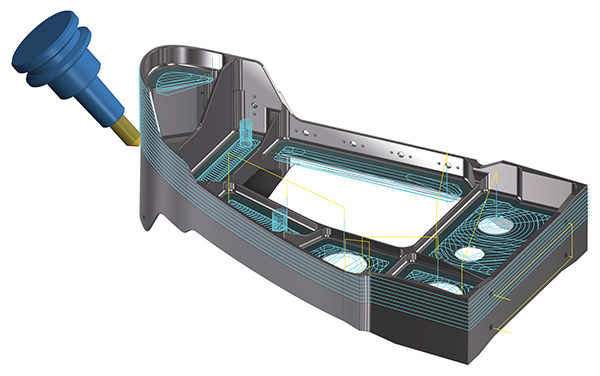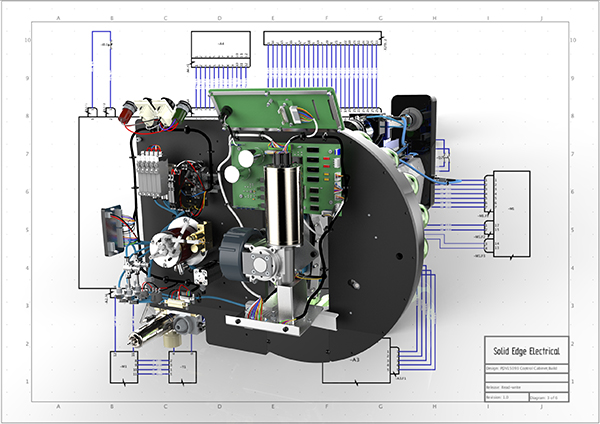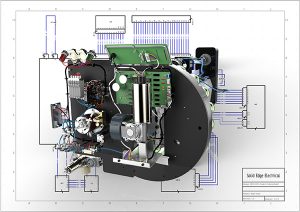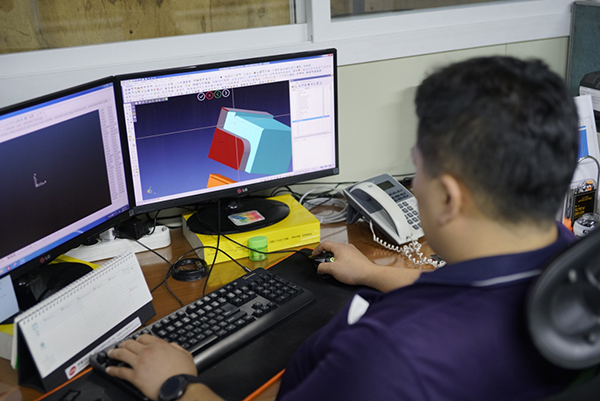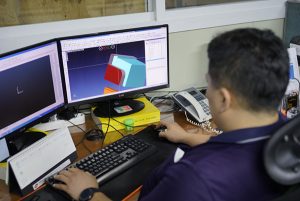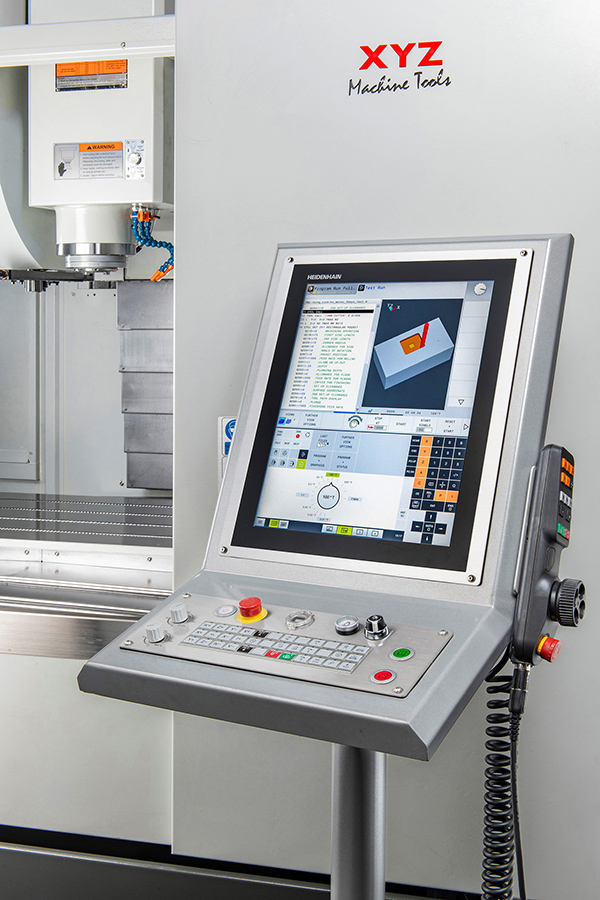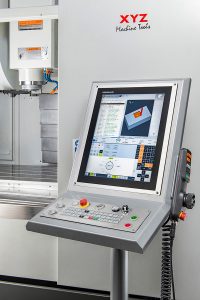CNC Software Inc, developer of Mastercam CADCAM software, has announced the release of Mastercam 2019.
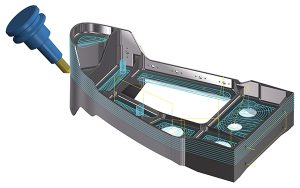
In terms of CNC programming, the latest edition of the software sees a series of automated 2D through five-axis tool-path improvements. Furthermore, re-engineered chamfering and hole-making strategies, plus new multi-axis deburring functionality provide new levels of time-saving automation and simplicity, says the company.
New milling tool-path strategies, like the high-speed equal scallop tool path, offer both machining and surface finish improvements. The new release also includes additional support for Sandvik Coromant PrimeTurning methodology, enhanced grooving and other features for turning and mill-turn applications, plus new lathe and Swiss-style machine support.
Mastercam 2019 increases efficiency and reduces the job set-up time and preparation needed for part machining and programming. This includes enhanced CAD functionality and 3D model import support, improved part preparation and fixture set-up tools, additional PowerSurface capabilities, and expanded support for model-based definition (MBD).
In addition, the software’s expanded digital tool library capability delivers accurate, 3D tool assembly models, with access to the latest cutting tool technology and updates for the Sandvik Coromant CoroPlus and MachiningCloud platforms. Mastercam 2019 also expands its ‘Accelerated Finishing’ functionality with support for taper and lens-style tools aimed at 75% cycle time improvements for finishing operations with superior surface finish quality.
With enhancements to tool-path and machine simulation, tool-path graphics, and other verification and analysis tools, Mastercam 2019 allows for better, more informed decisions before a job is run. These improvements include support for the block drilling of multiple holes simultaneously and better axis control in simulation, allowing users to easily check machine limits or for potential collisions.
For further information www.mastercam.com






